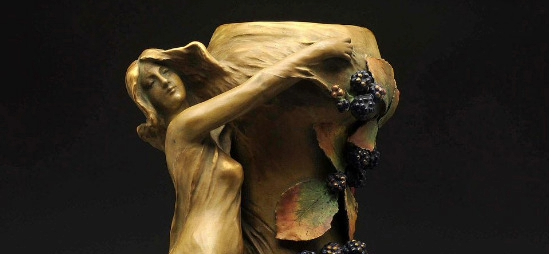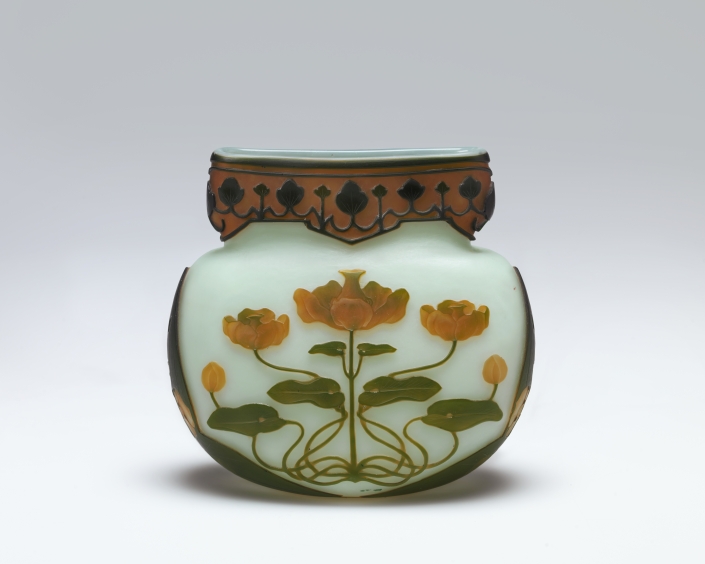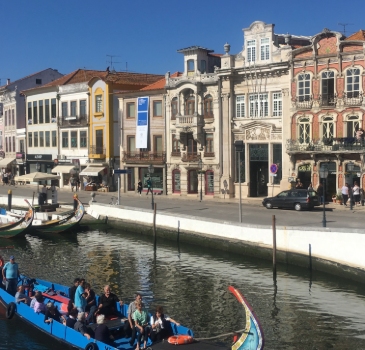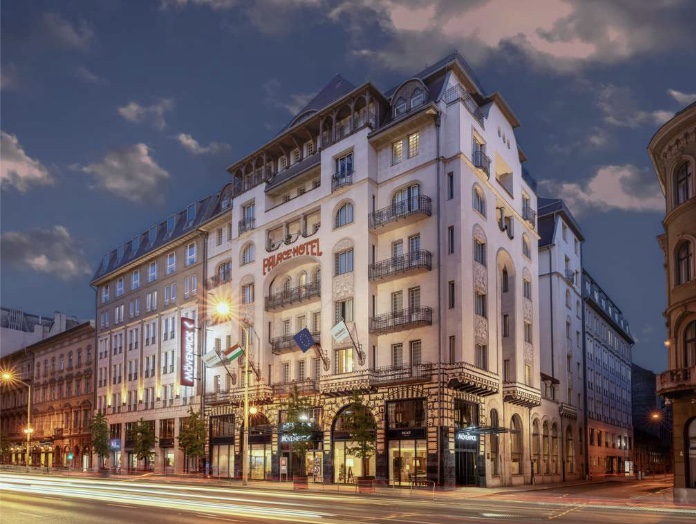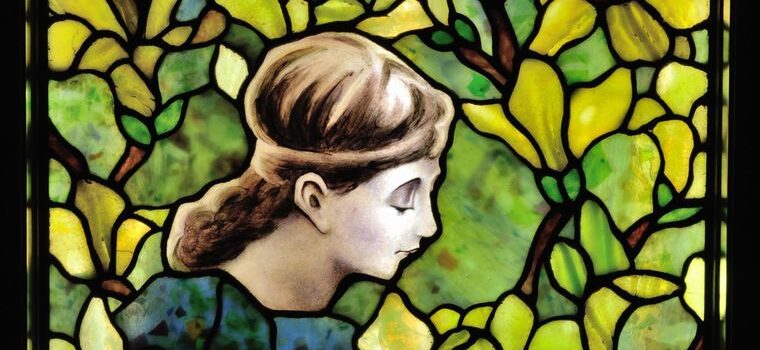For many, the term “Art Nouveau” conjures images of delicate floral motifs and elegant, sinuous lines. While these are certainly characteristic elements, to view Art Nouveau solely through this lens is to miss its profound significance as a force of modernity and a catalyst for innovation in European art, architecture, and design at the turn of the 20th century. For the American traveler venturing to Europe, understanding this deeper context will unlock a richer appreciation for the diverse and forward-thinking expressions of this transformative style.
Art Nouveau emerged in Europe as a powerful reaction against the prevailing artistic norms of the late 19th century, specifically against academic art, eclecticism, and historicism. Artists and designers across the continent sought a “new art” that reflected the modern era and broke free from past conventions. This desire for a fresh aesthetic is clearly stated in the preface to the Munich periodical Jugend, which lent its name to the German variant of the style, Jugendstil: “We want to call the new weekly Youth. This really says all we have to say”. This sentiment underscored a fundamental shift towards embracing the present and future, rather than simply rehashing historical styles.
One of the key areas where Art Nouveau showcased its innovative spirit was in its bold adoption of modern materials and construction techniques. Unlike the artisan-focused Arts and Crafts movement, Art Nouveau artists readily utilized new materials like iron, glass, ceramics, and later concrete to create unusual forms and larger open spaces. The 19th-century architectural theorist Viollet-le-Duc had already advocated for showing, rather than concealing, the iron frameworks of modern buildings, a principle embraced by many Art Nouveau architects.
In Brussels, Victor Horta, a pivotal figure in the movement, not only incorporated clearly visible metallic structures into his buildings but also dynamically structured spaces around sources of natural light. This was a departure from traditional, often more rigid and compartmentalized architectural layouts. Furthermore, the development of new (hydraulic) binder materials for decorative renderings and stucco enabled the production of special Art Nouveau plaster patterns and prefabricated cast elements, further contributing to the style’s unique visual vocabulary.
In Austria, the Viennese Secession style, a key manifestation of Art Nouveau, innovatively treated surfaces by creating decorative accents through the application of different plaster textures, decisively shaping the character of façades and embracing materials like brick plastering, tiling, and cement as ornamental design elements.
Beyond structural innovation, Art Nouveau championed the concept of the “Gesamtkunstwerk” or total work of art. This principle emphasized the unity of artistic process and products, where architects and designers oversaw every aspect of the design, from the architecture itself to the technical features of a modern edifice (heating, electricity, pipes…) down to the interior decoration and the furnishings. This holistic approach aimed to create harmonious and immersive environments where every detail contributed to the overall aesthetic experience. Imagine stepping into a building by Horta in Brussels, where the curving ironwork of the staircase echoes the organic ornamentation of the walls and the specially designed furniture – a truly integrated and modern living space for its time.
The spirit of innovation extended to the realm of decorative arts. Art Nouveau jewelry broke free from traditional and static settings, embracing delicate and swirling forms that often depicted feminine figures intertwined with natural elements like tree branches and flower stalks. The fascination with the natural world led to intricate depictions of insects like dragonflies and bees, rendered with innovative use of materials such as enamel and glass, alongside precious stones.
In the burgeoning field of graphic arts, Art Nouveau brought a dynamic and flowing sensibility. Posters and book covers moved away from rigid layouts, embracing flowing lines and organic decorative elements that often framed central figures. The “whiplash curve” became a signature motif, injecting a sense of energy and movement into the designs. The work of artists like Alphonse Mucha exemplifies this integration of natural forms, stylized female figures, and dynamic lines. Even the very publications that promoted the movement, such as the magazine Jugend in Germany, featured innovative typography and graphic designs that reflected the new aesthetic.
It is also crucial to recognize that the modernity of Art Nouveau lay in its adaptability and the emergence of distinct regional variations across Europe. While sharing core principles, different regions developed their own unique interpretations, often drawing inspiration from local traditions and materials. In Germany, Jugendstil sometimes leaned towards more geometric interpretations. In Italy, Stile Liberty often featured vibrant floral ornamentation. In Catalonia, Modernisme, exemplified by the fantastical architecture of Antoni Gaudí in Barcelona, pushed the boundaries of organic form and structural possibility. And in Hungary, the Szecesszió incorporated elements from vernacular architecture, tradition, and local materials, creating a specific and unique architectural language. This regional diversity highlights not a weakness but rather the strength and modernity of a style that could resonate with different cultural contexts while maintaining a core identity.
For the US traveler exploring Europe, understanding Art Nouveau as more than just a decorative style opens up a world of discovery. As you wander the streets of Brussels, admiring Horta’s ingenious use of iron and light, or marvel at the organic dynamism of Gaudí’s creations in Barcelona, remember that you are witnessing a pioneering movement that sought to redefine beauty and functionality for a new era. From the integrated designs of the Gesamtkunstwerk to the embrace of modern materials and the dynamic energy of its graphic arts.
Art Nouveau was a testament to European innovation at the turn of the 20th century – a legacy that continues to captivate and inspire today. So, go beyond the flowers and curves, and delve into the truly modern heart of European Art Nouveau.

